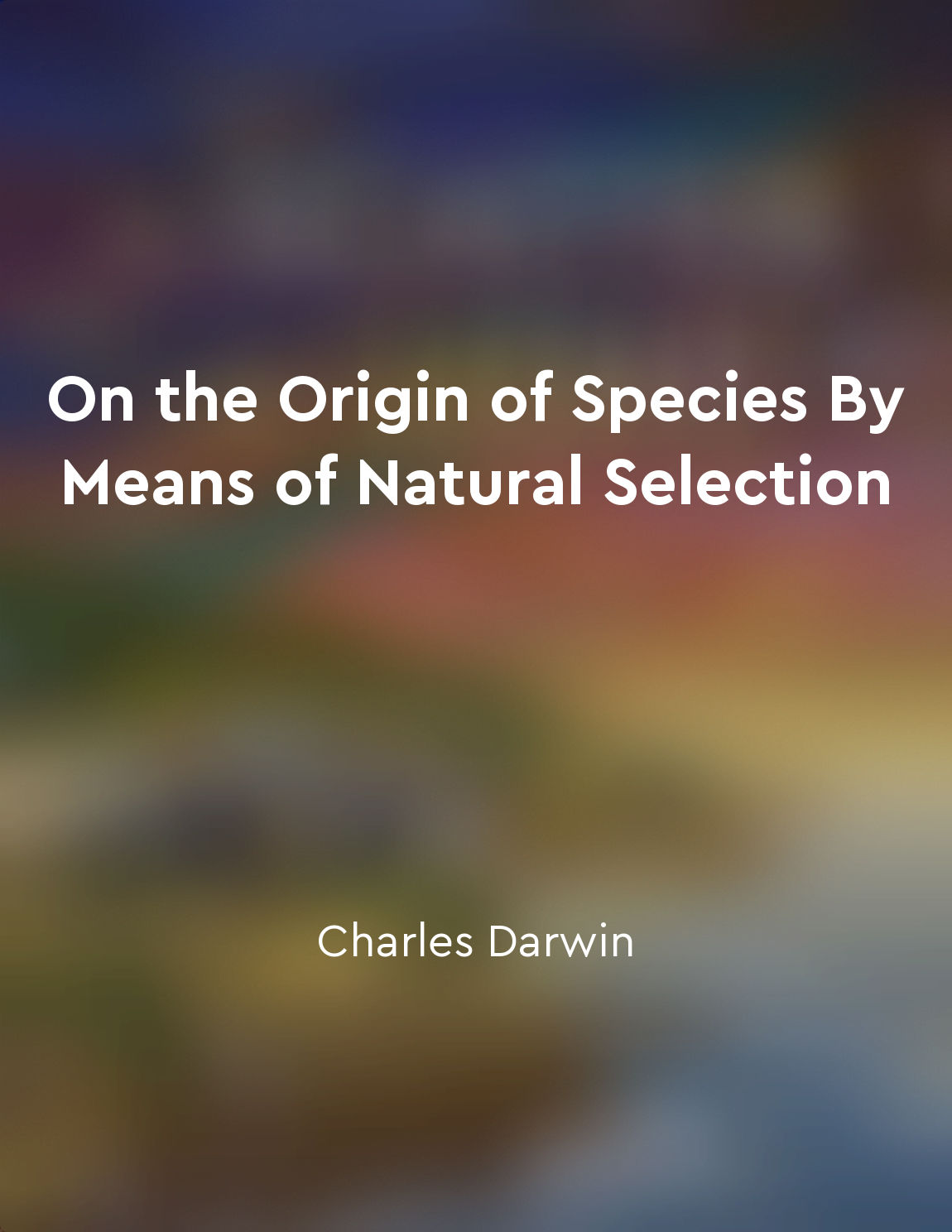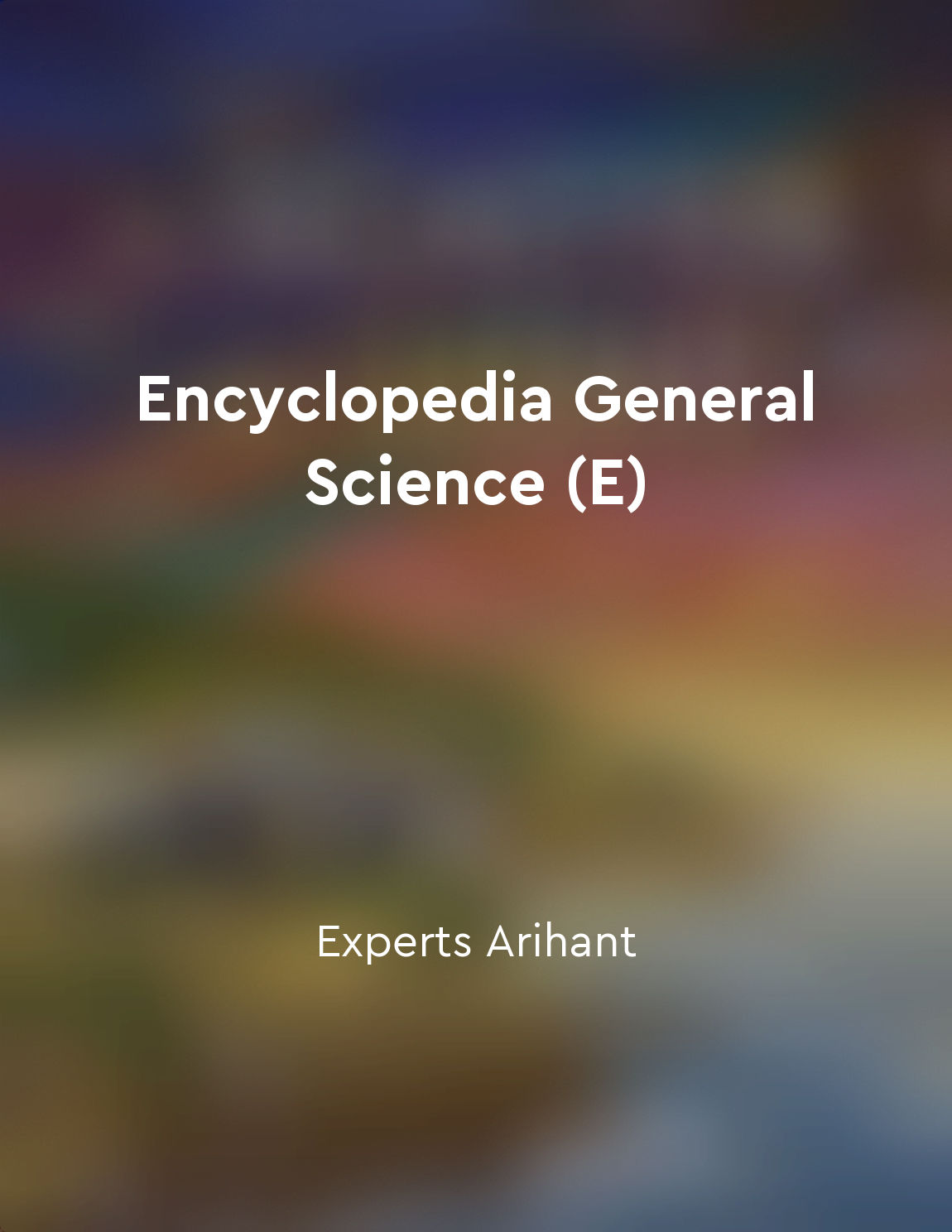Biogeography reveals patterns of distribution and migration from "summary" of The Greatest Show on Earth by Richard Dawkins
Biogeography is the study of the distribution of species and ecosystems in geographic space and through geological time. By examining the patterns of distribution of plants and animals around the world, scientists can gain insights into how species have migrated and evolved over time. These patterns provide valuable information about the history of life on Earth and the factors that have shaped it. One of the key insights from biogeography is that species tend to be more closely related to other species that are geographically closer to them. This is known as the principle of biogeographic affinity. For example, species on islands are often more closely related to species on nearby continents than to species on other distant islands. This pattern can be explained by the fact that species are more likely to migrate and colonize nearby areas than distant ones. Another important concept in biogeography is the idea of vicariance, which refers to the splitting of a population into separate groups by geological or environmental barriers. When populations become isolated from each other, they can evolve independently and eventually become distinct species. For example, the separation of continents by continental drift has led to the divergence of species on different landmasses. Migration is another key aspect of biogeography. Many species have migrated to new areas in search of food, mates, or better living conditions. By studying the distribution of species around the world, scientists can reconstruct the history of these migrations and understand how they have influenced the diversity of life on Earth. For example, the distribution of marsupials in Australia and South America provides evidence of ancient land connections between these continents.- Biogeography is a powerful tool for understanding the patterns of distribution and migration of species on Earth. By studying the distribution of plants and animals, scientists can uncover the history of life on our planet and gain insights into the processes that have shaped it. This field of study highlights the interconnectedness of species and ecosystems and provides valuable information for conservation efforts and the preservation of biodiversity.
Similar Posts

Natural selection acting on variations
Natural selection, the principle by which each slight variation of a trait, if useful, is preserved, has been termed the most i...
Standing up for what you believe in
The act of standing up for what you believe in is an essential component of the human spirit. It is a reflection of our deepest...
Population geography is a significant topic
The study of population geography holds great importance due to its relevance in understanding the distribution, composition, d...

Environmental science focuses on the impact of human activities on the environment
Environmental science is a field of study that delves into the ways in which human activities can affect the natural world arou...
Climate change impacts biological systems
Climate change is having a profound impact on biological systems around the world. As temperatures rise, many species are facin...
Embryonic development transforms cells into tissues
Embryonic development is a complex process that involves the transformation of individual cells into tissues that make up the v...
Emergent properties can't be predicted from individual components
Emergent properties are the unexpected behaviors or characteristics that arise when individual components interact within a com...
Animal physiology focuses on the functioning of different animal systems
Animal physiology is a branch of biology that delves into the intricate functioning of various systems in animals. It explores ...
DNA contains instructions for protein synthesis
DNA, or deoxyribonucleic acid, is a molecule that carries genetic instructions for the development, functioning, growth, and re...

